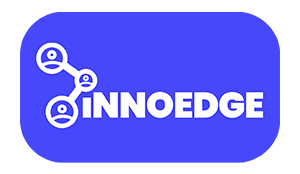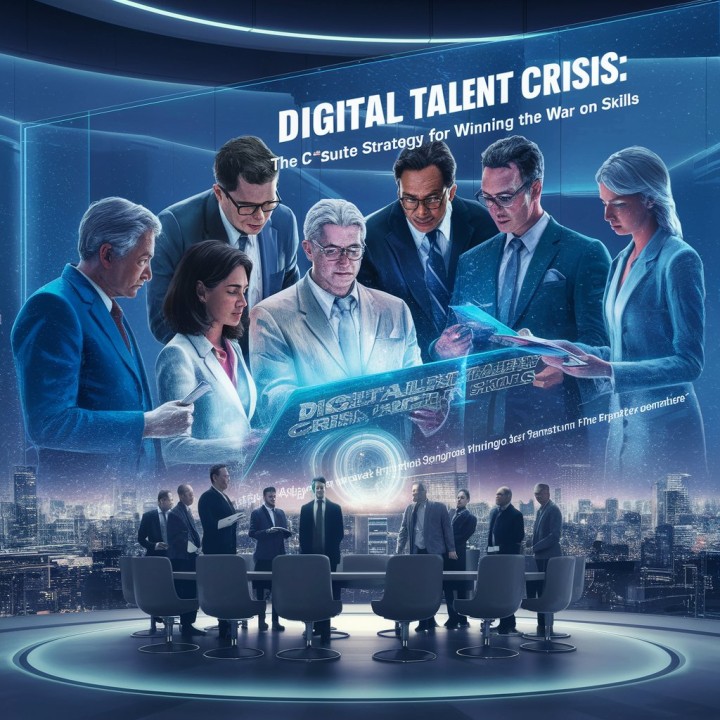The digital talent crisis is a pressing concern for the C-suite, necessitating strategic actions to bridge the skills gap. Addressing this requires a dual approach: strategic hiring to bring in fresh talent with current digital skills and a strong focus on upskilling the existing workforce to adapt to technological advancements. Success hinges on a culture of continuous learning, leveraging partnerships with educational institutions, and utilizing digital platforms for skill development.
The digital era is accelerating at an unprecedented rate, presenting a double-edged sword for businesses worldwide. On one side, digital technologies offer vast opportunities for innovation and efficiency; on the other, they create a significant talent gap that organizations struggle to fill. The crux of the matter lies in the rapidly evolving nature of digital skills, which outpaces the current workforce’s capabilities and the output of traditional educational systems.
Strategic Hiring
C-suite leaders must adopt a forward-thinking approach to recruitment, seeking individuals not only with the necessary technical skills but also with the ability to adapt and grow. This might mean looking beyond traditional credentials to consider candidates with diverse backgrounds and proven problem-solving abilities.
Upskilling
Equally important is the development of existing employees. Investing in upskilling programs ensures that the current workforce can meet tomorrow’s challenges. This includes not just technical skills but also soft skills like adaptability, critical thinking, and collaboration, which are essential in a digital-first workplace.
Continuous Learning Culture
The foundation of addressing the digital talent crisis lies in cultivating a culture of continuous learning and innovation. Organizations that encourage ongoing skill development and provide access to learning resources position themselves to adapt more seamlessly to technological changes.
Partnerships for Education
Collaborating with educational institutions can help tailor learning programs to meet specific skill gaps. These partnerships can provide both current employees and future talent with pathways to gaining the skills necessary for digital transformation.
Digital Platforms for Learning
Leveraging technology itself to facilitate learning is a powerful strategy. Online platforms and learning management systems can deliver personalized, flexible learning experiences that allow employees to develop at their own pace and according to their personal learning styles.
Key Takeaways: Digital Talent Crisis
- Tackling the digital talent crisis requires both strategic hiring and significant investment in upskilling.
- Building a culture of continuous learning is essential for sustained digital transformation.
- Partnerships and digital learning platforms are critical tools in developing the necessary digital skills workforce.
In conclusion, the digital talent crisis demands urgent and thoughtful responses from the C-suite. By embracing strategic hiring, prioritizing upskilling, and fostering a culture of continuous learning, organizations can navigate the challenges of the digital age and emerge stronger and more competitive.
This overview synthesizes general strategies and considerations for addressing the digital talent gap, reflecting industry best practices and insights.
Learn more about C-Suite Dilemma



